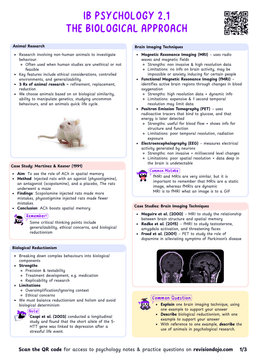Berry's Model of Acculturation Strategies
- Berry (1997) developed a framework to describe how individuals adapt to new cultural environments. He identified two key dimensions:
- Cultural Maintenance: To what extent does the individual wish to maintain their original cultural identity?
- Contact and Participation: To what extent does the individual seek interaction with the new culture?
- Based on these dimensions, Berry proposed four acculturation strategies:
- Assimilation: Abandoning one's original culture to adopt the norms and behaviors of a new culture.
- Integration: Maintaining one's original culture while also adopting aspects of the new culture.
- Separation: Rejecting the new culture and maintaining one's original cultural identity.
- Marginalization: Losing connection with both the original and new cultures.
Berry (2006)
Aim
To investigate the relationship between acculturation strategies and psychological adaptation among immigrant youth.
Method
- Participants: 7,997 immigrant youth (aged 13–18) from 26 cultural backgrounds in 13 countries.
- Procedure: Participants completed surveys measuring:
- Acculturation strategies (assimilation, integration, separation, marginalization).
- Psychological adaptation (self-esteem, life satisfaction, psychological symptoms).
Results
- Integration: Youth who adopted an integration strategy reported the highest levels of psychological adaptation.
- Marginalization: Those who felt marginalized reported the lowest levels of adaptation.
- Cultural Context: The host country's attitudes toward multiculturalism influenced the success of integration strategies.
Conclusion
- Integration is the most adaptive acculturation strategy, promoting well-being and adjustment.
- Host societies that support multiculturalism facilitate better outcomes for immigrants.


